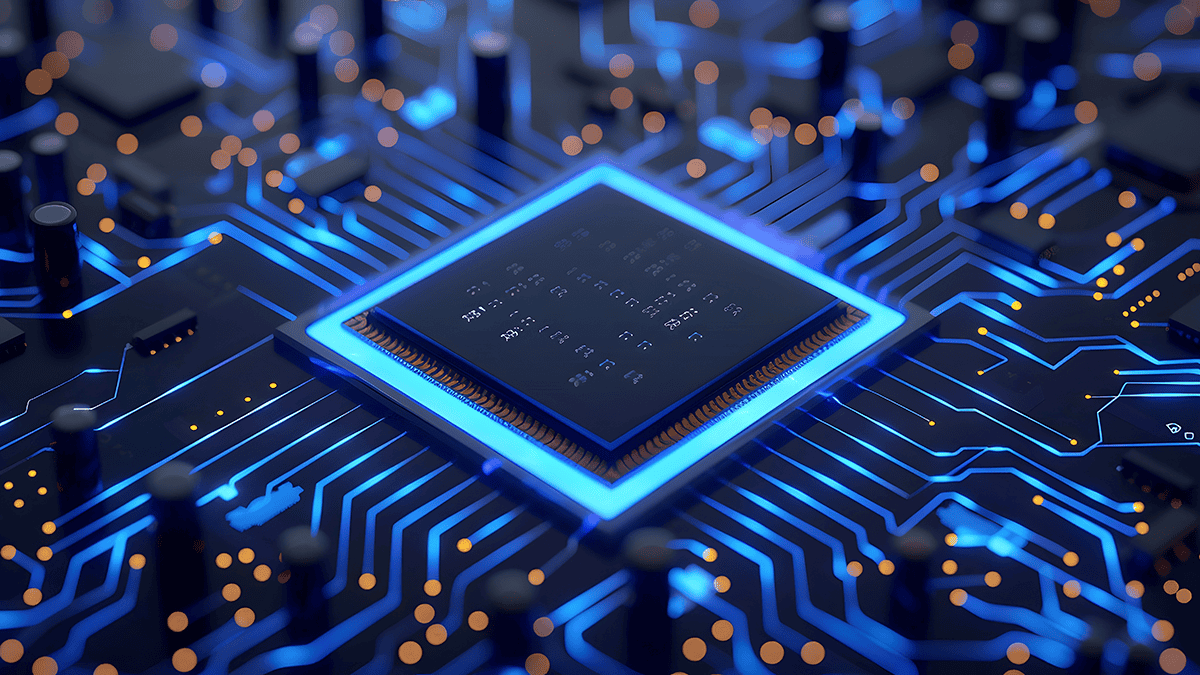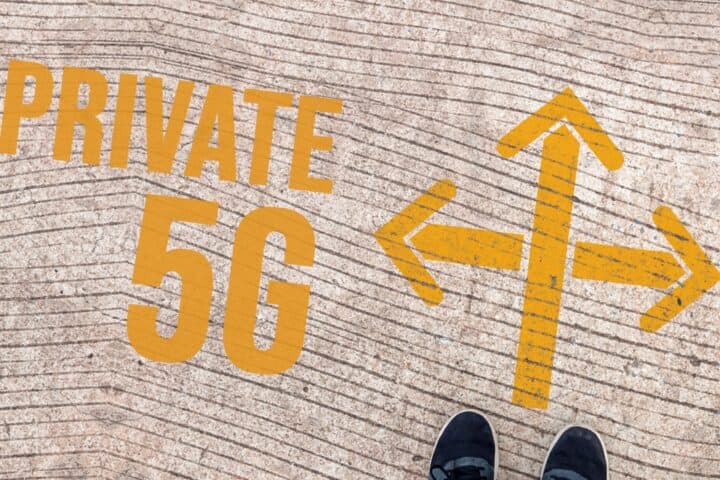Ensuring uninterrupted functionality in the Internet of Things (IoT) ecosystem is critical, especially with the need for Electromagnetic Compatibility (EMC) and Electromagnetic Immunity. Effective EMC/EMI performance is essential for IoT boards to avoid disturbances and meet regulatory requirements. This article discusses the significance of maintaining power integrity on IoT boards to prevent issues like voltage drops and noise generation. It emphasizes the importance of designing a robust power distribution network to minimize voltage ripple and current consumption peaks. Additionally, managing self-interference from high-speed data buses and power supplies is crucial to maintaining communication receiver sensitivity and adhering to transmission standards. Proper board zoning and shielding of high-speed areas are recommended to reduce noise emissions and ensure electromagnetic field attenuation. The article also highlights the necessity of protecting IoT boards from external noise through filters and transient voltage regulators. Finally, it advocates for early and frequent EMC testing to mitigate risks and reduce additional costs, ensuring a smoother product launch. By following these guidelines, IoT developers can achieve superior EMC/EMI performance and regulatory compliance for their IoT products.

All devices must function without interruption in the rapidly expanding Internet of Things ( IoT ) ecosystem. Each of them needs to work without disturbing others, Electromagnetic Compatibility, ( EMC) and without being disturbed by them ( Electromagnetic Immunity ). These are practical requirements, as well as governmental ones. When launching an IoT product on the market, it is crucial to reduce the risk of EMC problems at an early stage. This article covers important considerations when creating a new IoT board to achieve excellent EMC/EMI performance.
1. Ensuring EMC/EMI Performance: Key Considerations for Stable Board Performance
IoT boards, like different types of boards, need a steady power source, distribution and absorption of peak currents. This is , known as Power Integrity ( PI). If it is not the case, the board will experience power integrity issues such as voltage drops or noise generation, which will led into ringing, jitter, unnecessary emissions, among others.
High-speed signals are frequent on IoT boards, which causes peaks in the current consumption, which affect the stability of the voltage rails. Designers must dimension a great power distribution network in order to minimize the voltage ripple and allow the distribution impedance to be lower than the target impedance.
2. Shielding IoT Boards: Strategies for Minimizing Self-Interference and Ensuring Compliance
The energy coming from elements existing in the board, like electric clocks, large- speed data buses, or switched power mode power supplies, can reduce the sensitivity of the communication receivers. It is not just a function issue, but it is also governmental because manufacturers must adhere to specific standards for transmission power and receiver sensitivity. When this sensitivity is compromised, which causes additional costs and delays the time to market, compliance is at risk. This is why it is crucial to keep board element interferences in mind in order to increase the chances of passing the tests and to begin selling the IoT product.
Planning the board zoning properly is a good way to avoid self-interferences in an IoT board. Define the areas susceptible to generating noise, like DC- DC converters, large- speed signals, or Radio Frequency blocks, and the most delicate ones, like analog circuits or sensors. Individual them and use filtering techniques. Considerable consideration is also given to any board-mounted cables or wiring harnesses because they can serve as unexpected antennas.
3. Enhancing IoT Board EMC Performance: Importance of Effective Shielding Techniques
IoT boards have a very limited space, making it difficult to isolate sympathetic circuits from noise generators. When noise emissions are within a certain area’s separation limits, shielding can help to keep them contained. Vast broadband, which contains the majority of the noise inside the PCB, will be attenuated by a shield to attenuate the emissions. The shielding effectiveness ( SE), which measures the electromagnetic field’s attenuation ( in dB ) after passing through the shielding material, is used to determine the shield’s effectiveness.
4. Protecting IoT Boards: Importance of Filters and Transient Voltage Regulators for Noise Isolation
Very often, IoT boards are connected to other boards, systems, external power sources, and even humans ( think about a touchscreen ). Each of those is a possible source of noise and interference. Using filters of various types, such as common-mode noise or differential-mode noise filters, it is crucial that every interface is protected from outside noise. Filters are two-fold: they shield the board from outside noise and aid in its isolation. Additionally, overvoltage or transients could cause damage to the board, so power lines should be protected by using transient voltage regulators ( TVS ) or any other component to limit the amount of energy entering the board.
5. Early EMC Testing for IoT Boards: Mitigating Risks and Reducing Costs with Prior-Compliance Tools
EMC tests and any additional Radio Frequency test, such as spurious testing, are cheap and time- consuming. Designers and testers frequently wait until the digital product is finished to begin testing it. The potential for improvement by that point is small, and the adverse effects on the product roadmap are significant. To avoid massive pains, the best thing to do is to start making tests such as conducted emissions, radiated emissions, or some radio tests with prior- compliance tools. Risks are reduced and additional costs are reduced by shifting the measurement process to the early stages of the product lifecycle.











